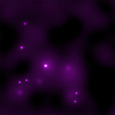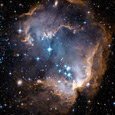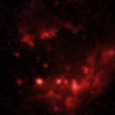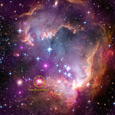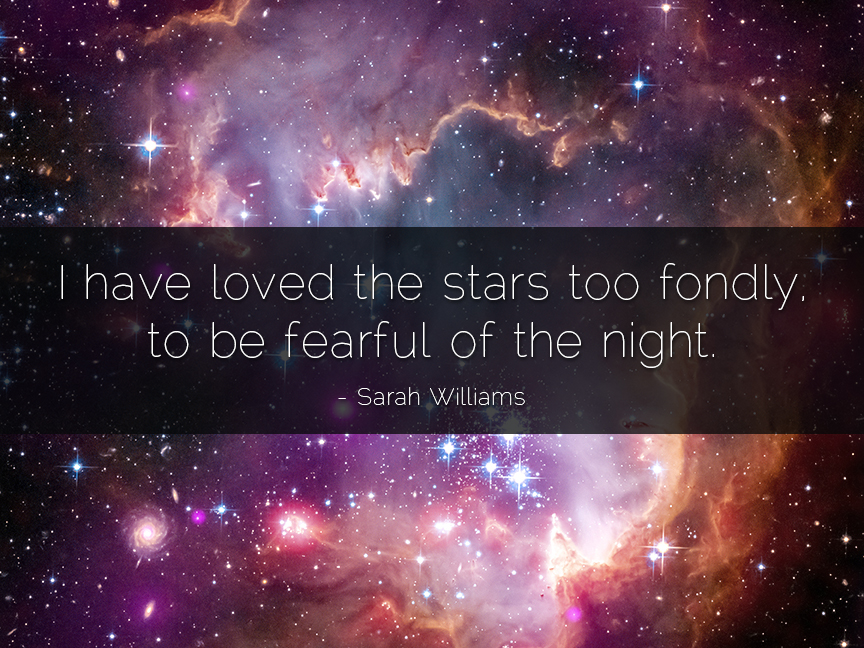
NGC 602: Young stars in the Small Magellanic Cloud, one of the closest galaxies to our Milky Way.
New Chandra observations have been used to make the first detection of X-ray emission from young stars with masses similar to our Sun outside our Milky Way galaxy. The Chandra observations of these low-mass stars were made of the region known as the "Wing" of the Small Magellanic Cloud (SMC), one of the Milky Way's closest galactic neighbors. In this composite image of the Wing the Chandra data is shown in purple, optical data from the Hubble Space Telescope is shown in red, green and blue and infrared data from the Spitzer Space Telescope is shown in red. Astronomers call all elements heavier than hydrogen and helium—that is, with more than two protons in the atom's nucleus—"metals". The Wing is a region known to have fewer metals compared to most areas within the Milky Way. The Chandra results imply that the young, metal-poor stars in NGC 602a produce X-rays in a manner similar to stars with much higher metal content found in the Orion cluster in our galaxy.
(Credits: X-ray: NASA/CXC/Univ.Potsdam/L.Oskinova et al; Optical: NASA/STScI; Infrared: NASA/JPL- Caltech)
Learn more about NGC 602:
http://chandra.harvard.edu/photo/2013/ngc602/
Learn more about Star Clusters:
http://chandra.harvard.edu/xray_sources/young_stars.html
Learn more about Sarah Williams:
http://en.wikipedia.org/wiki/Sarah_Williams


